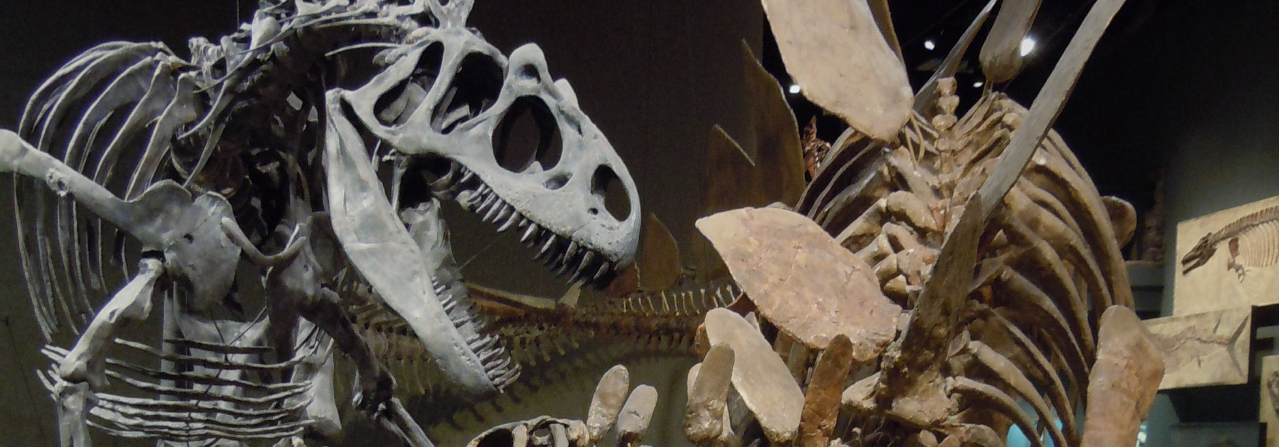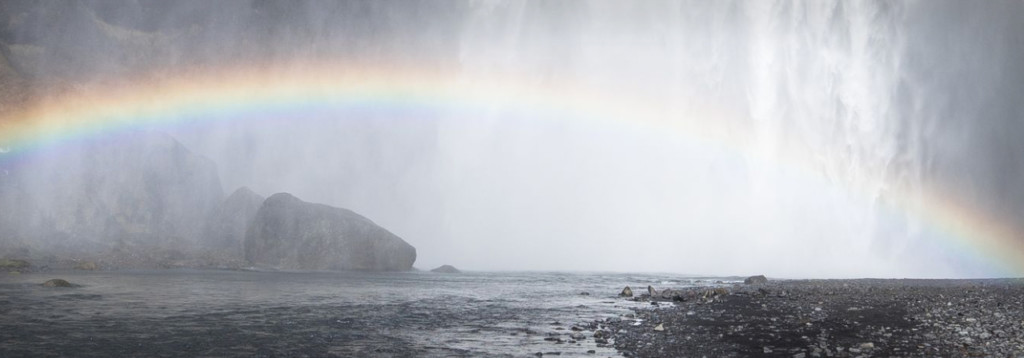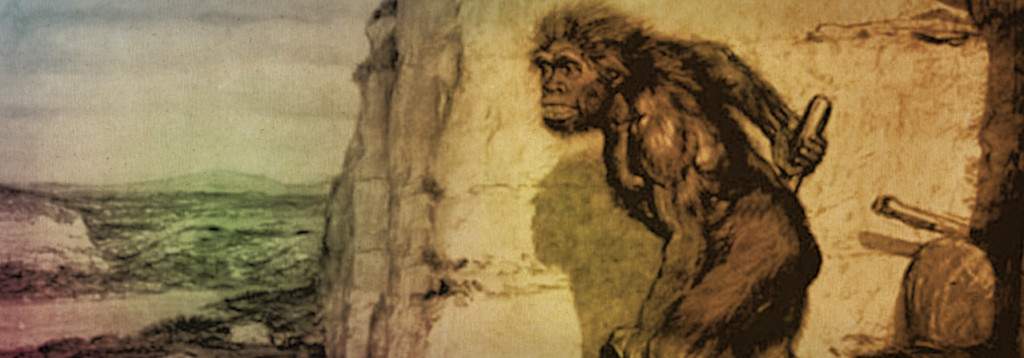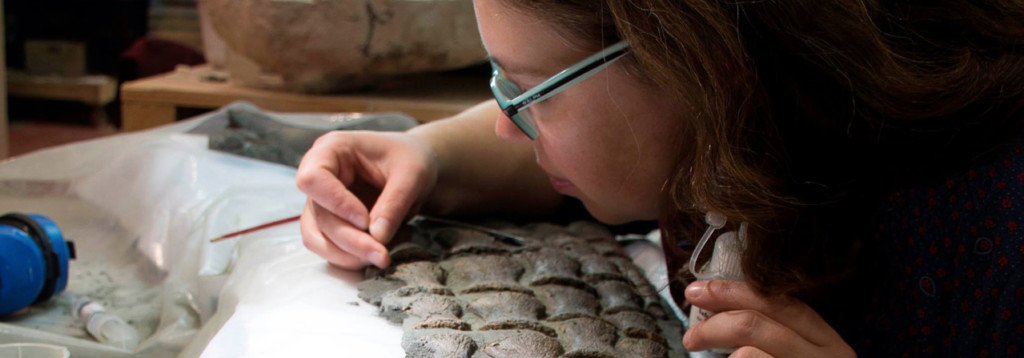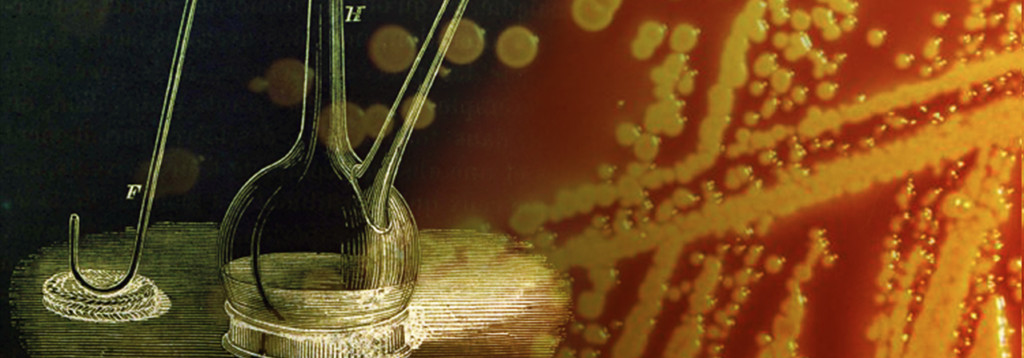Posts by Alan Herberger
Organizing Creation: The Science of Created Kinds
Consider the common mallard. The males of this species are easily recognized by their green heads, white collars, and pale brown wing feathers. These qualities allow us to distinguish the mallard from other bird species, such as the ruddy shelduck. Although there are obvious differences between these creatures, they seem mild when we compare these…
Read MoreDinosaurs and the Bible: Should Christians Worry?
Dinosaurs have captivated the world for over a hundred years, fascinating both young and old alike. Gazing upon their bones, many find themselves transported to a wonderful, exotic world far different from our own – a world where, for one brief moment, the reality of science and the excitement of fantasy coexist. For some, however, the feelings…
Read MoreWas There Rain Before the Flood?
In the second chapter of Genesis, the Bible gives the following description of the pre-Flood world: “. . . no bush of the field was yet in the land and no small plant of the field had yet sprung up—for the Lord God had not caused it to rain on the land, and there was no man to work the ground . . .
Read MoreWhat About Apemen?
Universal Common Descent (UCD), one of the core principles of Darwinian science, states that all life on Earth has descended from a single common ancestor. This shared ancestry applies to ants, trees, dogs, mushrooms, and, most disturbingly to Christians, human beings. Contrary to the Bible’s description of . . .
Read MoreBehind the Scenes: Preparing Fossils at the Royal Tyrrell Museum
What happens to fossils after they’ve been taken from the ground? Believe it or not, most fossils arrive at museums with much of the ground still attached. Removing this extra material is the job of lab technicians within the museum preparation labs. Fossils are usually quite delicate when found in the field, meaning that paleontologists…
Read MoreExploring Life’s Origins
In 1859, something remarkable was about to happen. For thousands of years, people had believed that, under the rights conditions, living things could arise from non-living matter. Maggots, for example, had been thought to emerge spontaneously from rotting meat, while fleas, of course, arose from the accumulation of dust. While experiments by scientists like Francesco…
Read MoreTiktaalik – “Darwin’s Fish” At Last?
It is morning. Calm silence hangs over the fringes of an antediluvian coal swamp. Thin curtains of fog rise from the stagnant waters as the first beams of sunlight trickle in over the tops of the forest beyond. There, the swamp becomes an impenetrable jungle of fronds and massive, tree-like lycopods. Here, it is but…
Read MoreDomesticated Dinosaurs? Cambodian Stegosaur Gives New Clues
Those who have followed creationist literature for a while will no doubt be familiar with the Cambodian Stegosaur. For those who are not, the Cambodian Stegosaur refers to a bas relief found at the Ta Prohm temple at Angkor Wat. The pillars of Ta Prohm are decorated by an ornate series of animal medallions, carved…
Read MoreArmored Dinosaur Smashes Evolutionary Assumptions
On March 21, 2011, Shawn Funk, a heavy-equipment operator for the Millennium Mine in Alberta, Canada, discovered something special. Although unearthing fossils is hardly rare in mining operations, the oddly colored rows of bony plates peeking out from the bedrock suggested that this was something much more than just another petrified stump. After six years…
Read MoreWelcome to Dinosaur Provincial Park
About 30 minutes from the city of Brooks, in Southern Alberta, lies one of the riches deposits of dinosaur fossils in the world. These fossils, many of them articulated skeletons, come from an astonishing diversity of groups, including tyrannosaurs, ceratopsians, hadrosaurs, and troodontids. This is Dinosaur Provincial Park. Encompassing over 28 square miles of badlands,…
Read More

